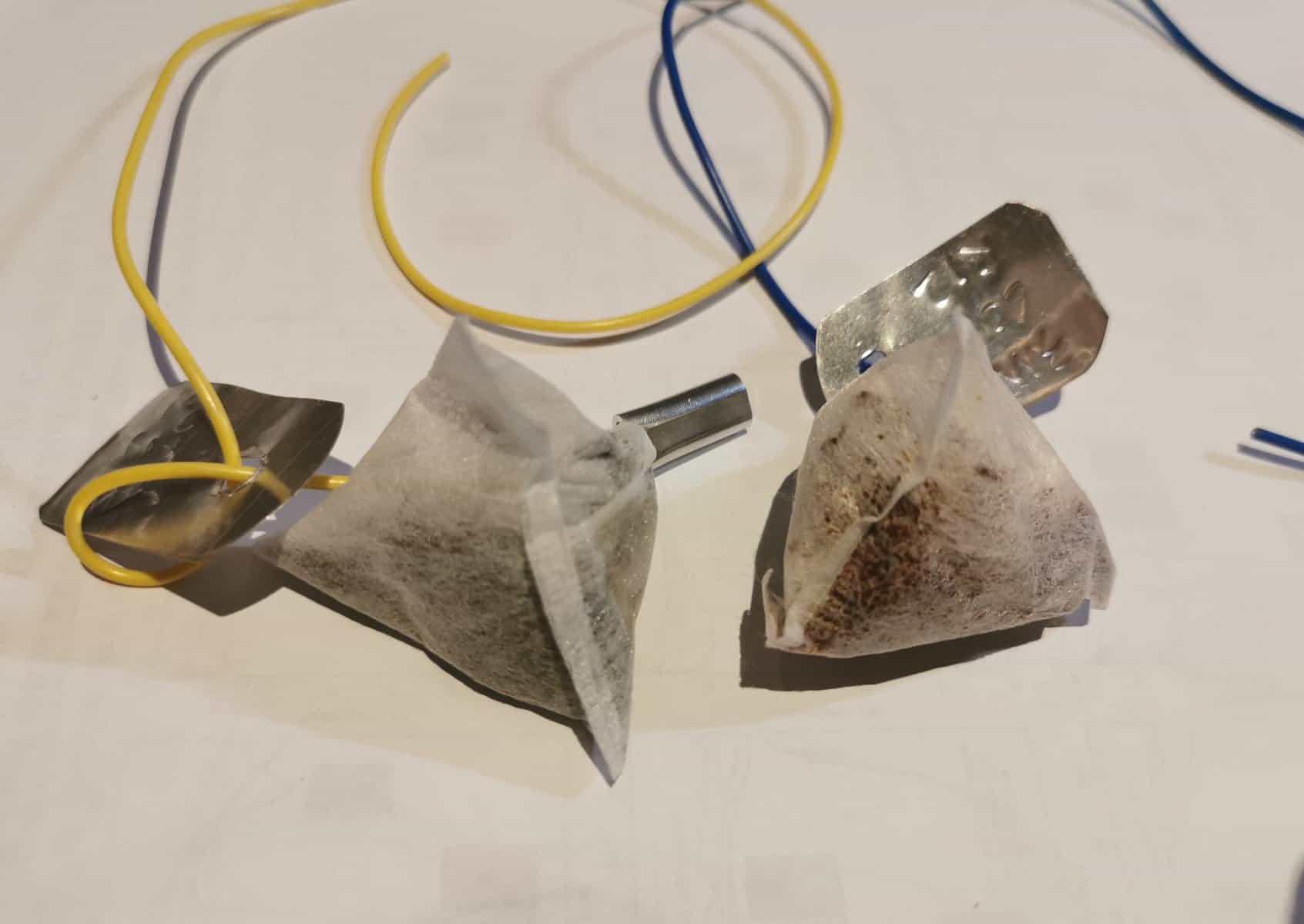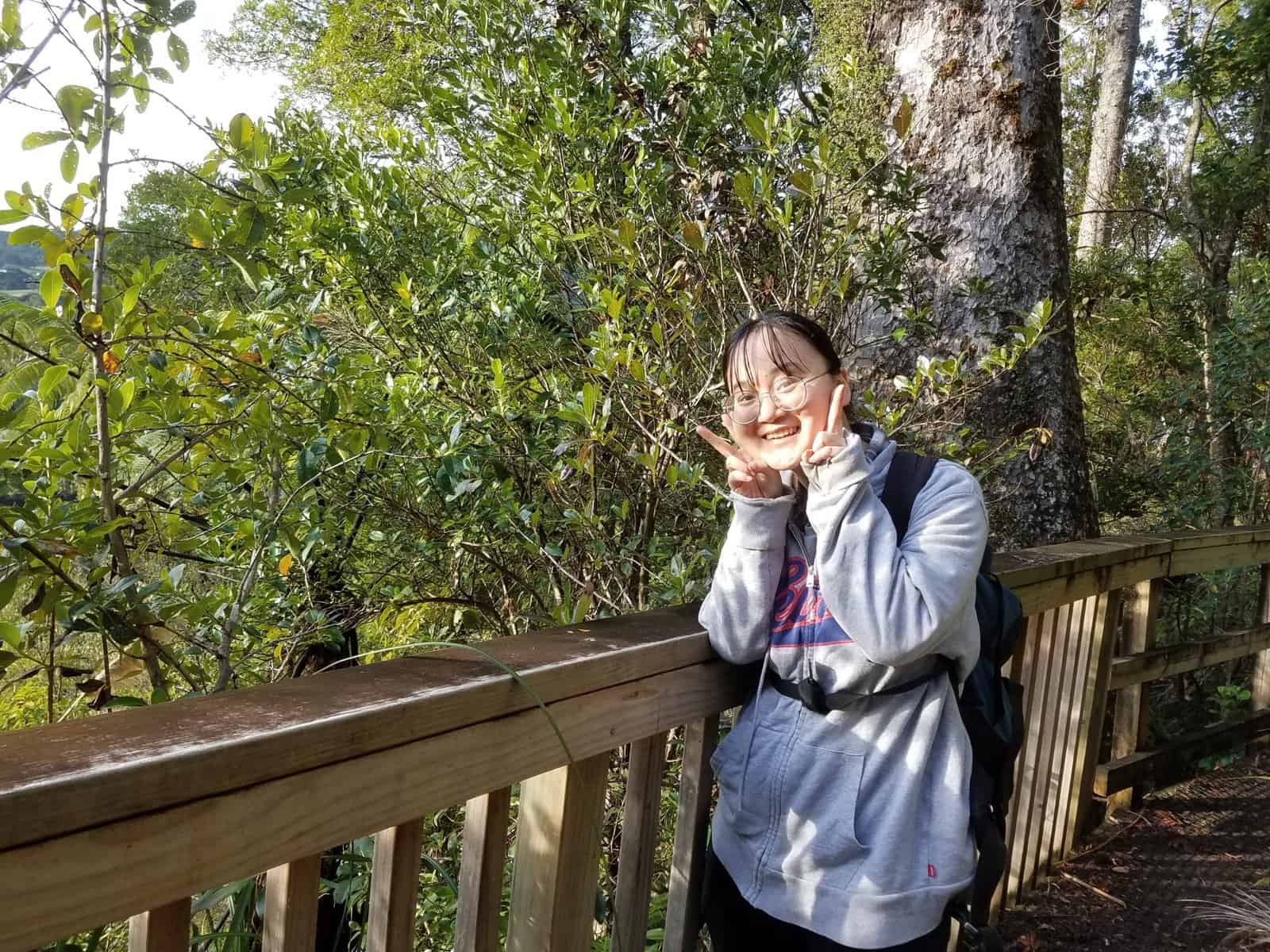

The decomposition of plant material (litter) in forests contributes to carbon cycling and the feeding back of nutrients into the soil. However, diseases like kauri dieback (caused by the oomycete Phytophthora agathidicida) change the dynamics of decomposition through, for example, increases in dead plant material due to disease.
Siqi Yang, who completed her Master’s at the University of Auckland this year, wanted to measure the effect of kauri dieback on soil characteristics and decomposition rates in kauri-dominated forests affected by Phytophthora agathidicida.
“The traditional method for measuring decomposition in soil is through the use of a litter bag,” says Siqi.
For this method, litter that is representative of the study site is collected and placed in mesh bags. The bags are over dried, weighed and buried in the soil. After a set period of time, the bags are dug up, dried again and analysed. The analysis usually includes weighing the bags to assess the loss of mass over time, but it can also include a chemical analysis of the material to understand how decay has occurred.
The litter bag method has some limitations. While it allows for decomposition rates and chemical changes between sites to be compared, it is not possible to compare decomposition rates to other areas or other studies since the properties of site-specific litter vary across forest types and ecosystems.
In 2013, a new method for measuring decomposition was developed: the Tea Bag Index method. Instead of using plant litter, two types of store-bought Lipton®Tea teabags are used: green tea and rooibos. These two tea types simulate the unstable (leafy) component and stable (woody) component of plant litter.
“Green tea has material that is easy to degrade,” explains Siqi. “Rooibos is more woody, and is therefore more difficult to degrade.”
The Tea Bag Index method allows for improved standardisation among sites and also provides researchers with the ability to compare decomposition rates in soil all over the world. Siqi’s research has put New Zealand’s kauri forests on the Tea Bag Index map.

“When my supervisor told me I would be the first person to use this method in a kauri forest ecosystem, I was nervous about it,” says Siqi. “I was just a Master’s student, and using a new method was a big challenge.”
Another challenge was the 2021 Covid-19 lockdown. Siqi had only intended to have the teabags in the field for three months, but lockdown meant that she couldn’t get back to the field for six months. This resulted in a very high (or in some cases complete) mass loss in the teabags. So while she was able to detect some differences in decomposition rates among her sites, she is interested in improving the robustness of this method in the future. She hopes to continue this research as a PhD candidate.
“I still have a lot of interest in this project,” says Siqi. “I would also like to apply the Tea Bag Index method more broadly.”
– Jenny Leonard